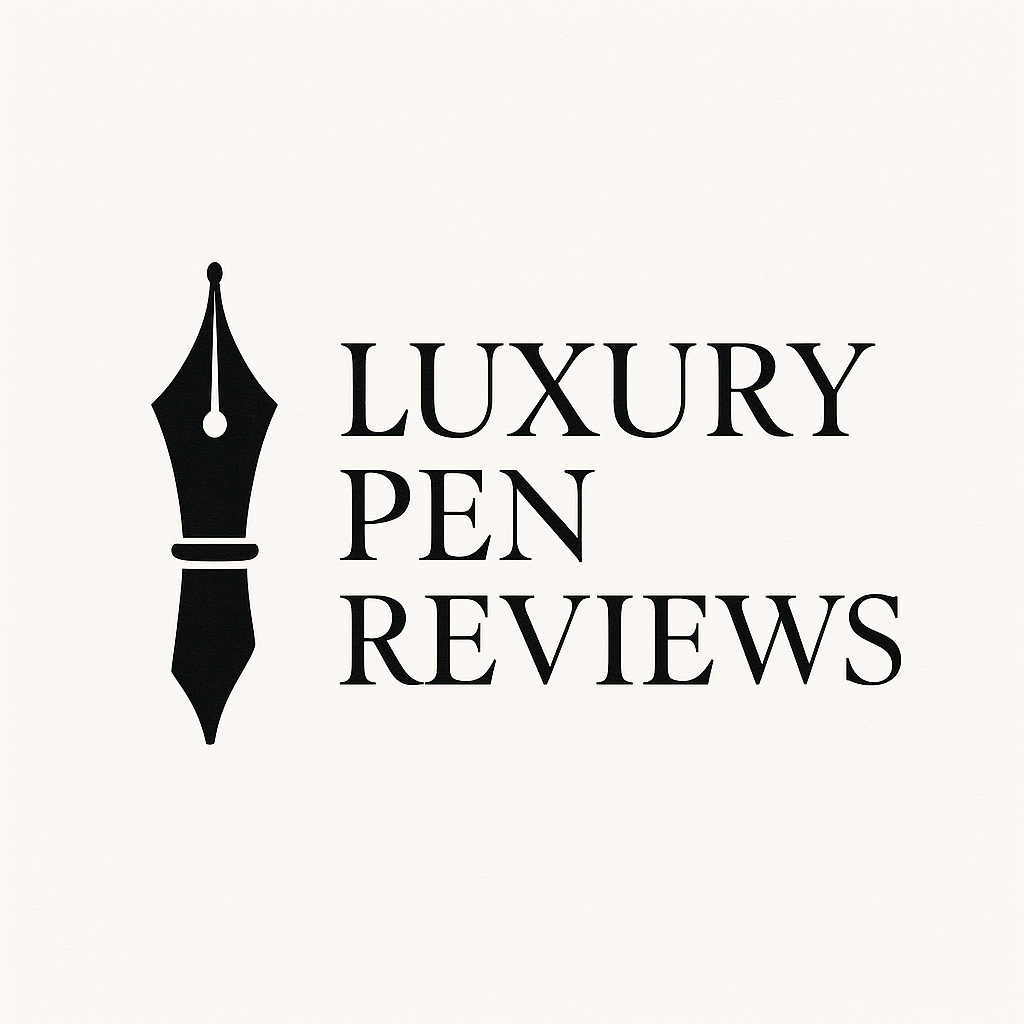We Compare Entry-Level vs. Luxury Pens
At first glance, it’s just a pen.
Ink. Nib. Barrel. Cap.
Why, then, does one cost $20… and another $1,000?
This question comes up often — and with good reason. For many, pens are daily tools. For others, they’re heirlooms, status symbols, or extensions of personal style. But when it comes to performance, is a high-end pen actually better than its more affordable counterpart?
Let’s dive into the subtle — and sometimes not-so-subtle — differences between entry-level pens and true luxury instruments.
1. The Feel in the Hand: Weight, Balance & Craftsmanship
Hold a $20 pen. Now hold a $1,000 pen.
Even with your eyes closed, you’ll know.
Luxury pens like the Montblanc Meisterstück 149 or Nakaya Urushi offer a precision-engineered weight that feels deliberate and balanced. Entry-level pens, like the Lamy Safari or Pilot Metropolitan, while excellent for their price, can feel lighter and less refined in the hand.
Verdict: If writing is your ritual, the tactile elegance of a luxury pen is unmatched.
2. The Nib: Writing Experience and Flow
Here’s where things get real.
Most affordable pens use steel nibs. They’re durable, consistent, and get the job done. But they can’t replicate the softness, flex, or effortless glide of a gold nib.
Luxury pens often feature 14k, 18k, or even 21k gold nibs — hand-polished and sometimes tuned by master nibsmiths. The result? A smoother, more responsive writing experience that almost feels alive.
Verdict: If you’re a fountain pen enthusiast, a luxury nib will ruin you for life (in the best way).
3. Aesthetic and Design Details
An entry-level pen may look sleek. A luxury pen makes a statement.
From resin marbling in Viscontis to the minimalist lacquer of a Graf von Faber-Castell, high-end pens are works of art. Clip detailing, engravings, inlays — every element is deliberate. Some even use materials like celluloid, ebonite, or Maki-e lacquer, each carrying its own heritage.
Verdict: If you appreciate aesthetics and craftsmanship, luxury design offers soul where budget pens offer simplicity.
4. Longevity and Collectibility
A $20 pen may last you a few years.
A $1,000 pen? It might outlive you.
Luxury pens are designed for decades of use — and often increase in value. Vintage Montblancs, limited-edition Pelikans, or discontinued Japanese pieces are actively traded and collected.
Verdict: Entry-level pens are disposable. Luxury pens are legacy.
5. The Intangible Factor
There’s something intangible about using a luxury pen.
It turns even mundane tasks — journaling, note-taking, signing a document — into a moment.
For some, that matters. For others, it doesn’t. But for those who feel it… there’s no going back.
Verdict: A luxury pen adds weight to your words. And sometimes, that makes all the difference.
So… Is a $1,000 Pen Worth It?
It depends on you.
If you’re happy with how your $20 pen writes, then no — you don’t need a luxury pen.
But if you crave elegance, beauty, and a writing experience that feels transcendent…
Then yes.
It’s worth every penny.
Want Our Picks?
Check out our Top 5 Luxury Pens That Are Actually Worth the Price — each one personally tested, and reviewed.

